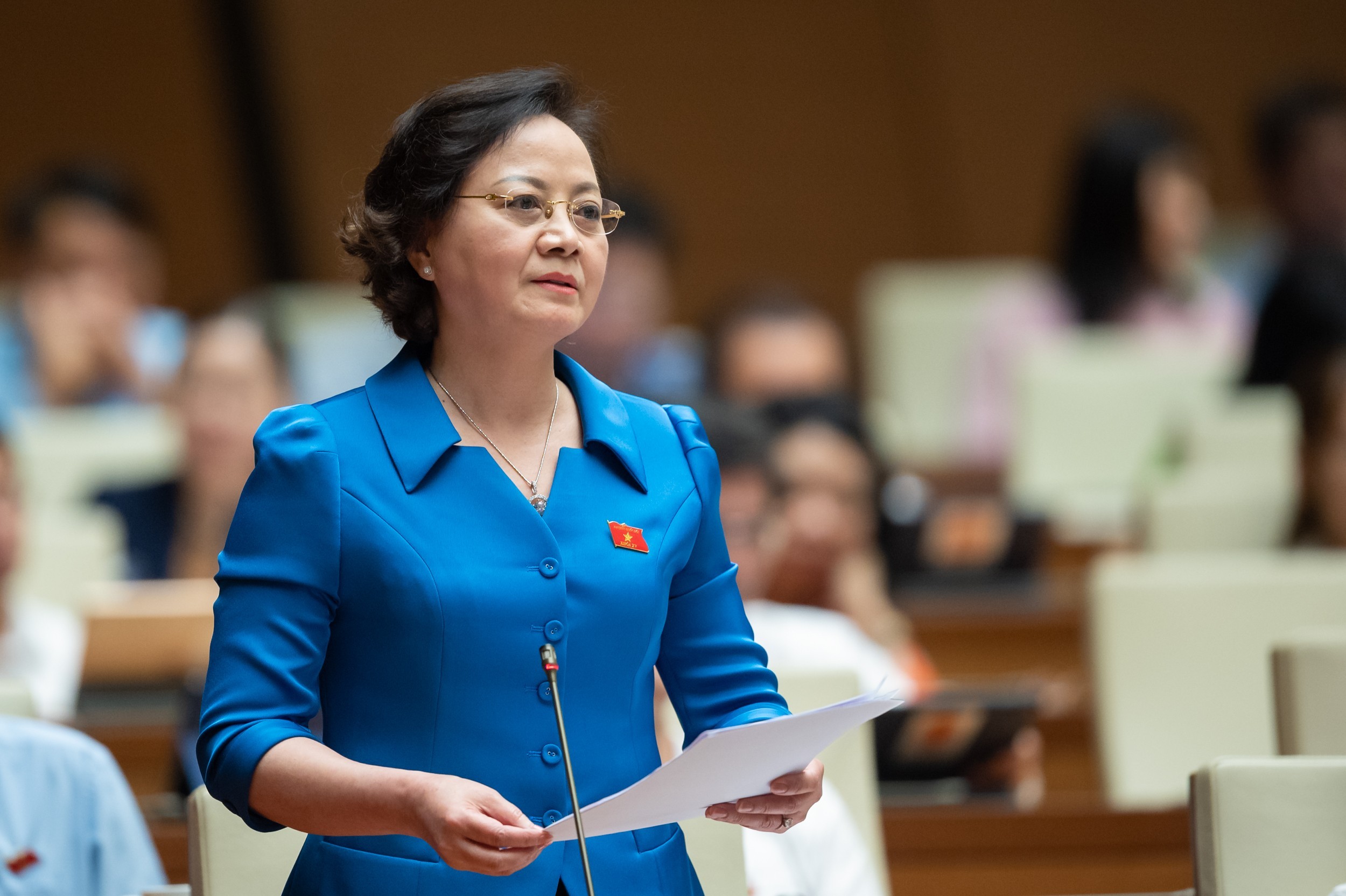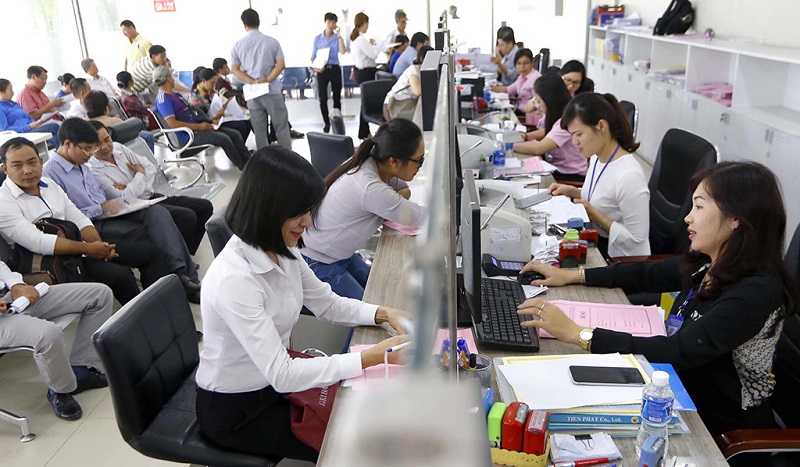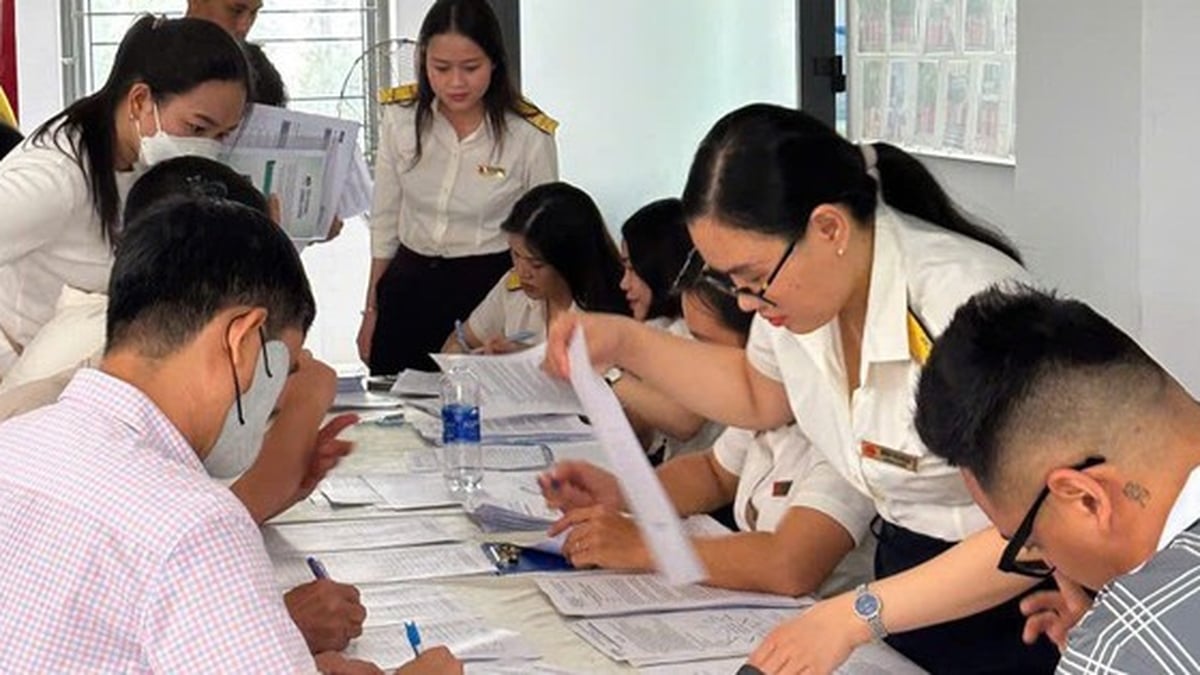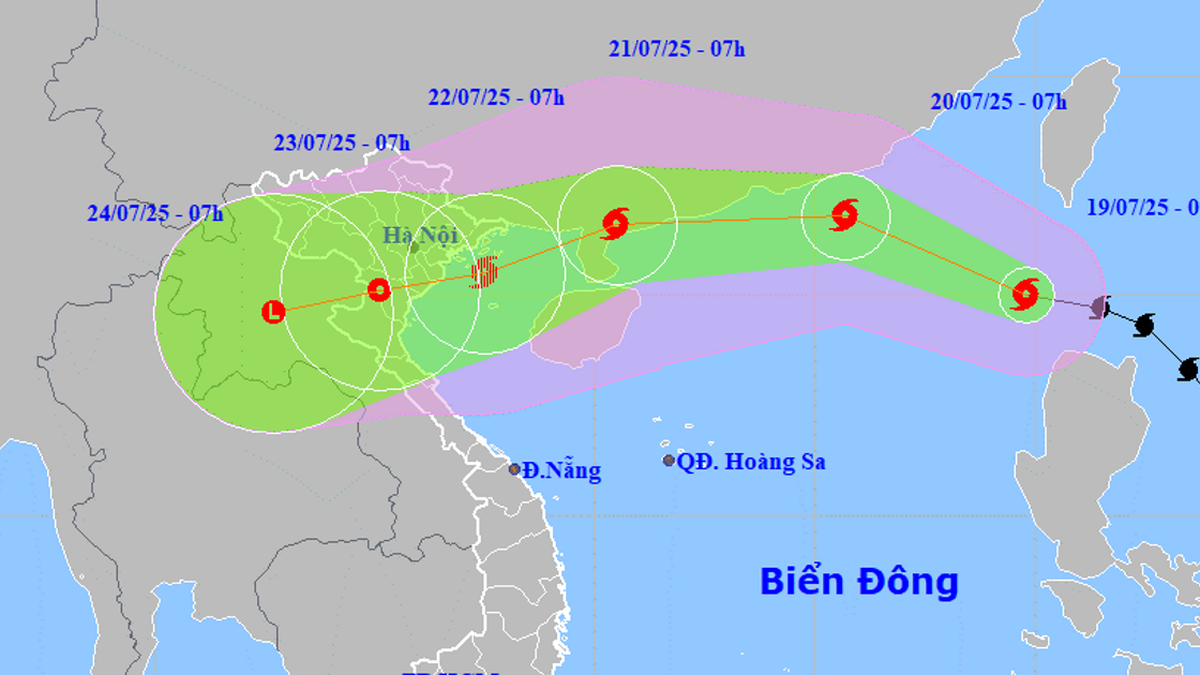Recently, the Minister of Home Affairs issued Circular No. 13 guiding the determination of civil servant rank structure; at the same time, based on assigned functions and tasks, the Ministries managing sectors and fields have issued circulars guiding the determination of job positions and the structure of professional titles under their management.
Based on the recommendations of ministries, branches, localities and opinions at the National Conference on implementing the construction and management of job positions in administrative agencies, organizations and public service units, the Ministry of Home Affairs proposed that ministries, branches and localities unify the implementation of a number of contents.

Minister of Home Affairs Pham Thi Thanh Tra.
How is the civil service structure calculated?
The structure of civil servant ranks is calculated based on the percentage of civil servants holding civil servant ranks over the total number of civil servants in each agency, organization, and unit using civil servants.
For using units under Ministries, ministerial-level agencies, and Government agencies:
For organizations performing specialized advisory functions on State management of sectors and fields, the senior expert level and equivalent must not exceed 30%; the senior expert level and equivalent must not exceed 50%; the expert, officer, staff and equivalent must not exceed 20%.
For organizations performing general advisory functions or internal administration work, the senior expert rank and equivalent must not exceed 25%; the senior expert rank and equivalent must not exceed 50%; the expert, officer, staff and equivalent must not exceed 25%.
The Ministry of Home Affairs also provides guidance for specialized agencies and administrative agencies and organizations under the Provincial People's Committee:
For specialized agencies under the People's Committee of centrally-run cities, the maximum number of senior specialists and equivalents is not more than 50%; the maximum number of specialists and equivalents or lower is not more than 50%.
For specialized agencies and administrative agencies and organizations under the Provincial People's Committee, the senior specialist rank and equivalent must not exceed 40%; the specialist rank and equivalent or lower must not exceed 60%.
For specialized agencies and administrative agencies and organizations under the People's Committee at the district level, the specialist and equivalent positions must not exceed 80%; the staff and equivalent positions must not exceed 20%.
Determine the structure of professional titles of civil servants
The determination of the structure of professional titles of civil servants is carried out according to the guidance in the Circulars of the Ministry managing the industry and field. In cases where there is no guidance or there is guidance but the specific percentage of each professional title is not yet determined, it shall be implemented in a unified manner.
For public service units that self-insure regular and investment expenses (autonomous units group 1) and public service units that self-insure regular expenses (autonomous units group 2):
The maximum for grade I and equivalent professional titles is not more than 20%; the maximum for grade II and equivalent professional titles is not more than 50%; the maximum for grade III and equivalent professional titles or lower (if any) is not more than 30%.

The structure of civil servant ranks is calculated based on the percentage of civil servants holding civil servant ranks over the total number of civil servants in each agency, organization, and unit.
For public service units that partially self-insure regular expenses (group 3 autonomous units) and public service units whose regular expenses are guaranteed by the state budget (group 4 autonomous units): the maximum for grade I professional titles and equivalent is no more than 10%; for grade II professional titles and equivalent is no more than 50%; for grade III professional titles and equivalent or lower (if any) is no more than 40%.
Some points of agreement during the implementation process: The above structure does not include leading civil servants, managers and administrative officers.
For Hanoi National University, Ho Chi Minh City National University, Vietnam Academy of Social Sciences , Vietnam Academy of Science and Technology, other agencies, organizations and units under or directly under Ministries, ministerial-level agencies, Government agencies, agencies under provincial People's Committees, and district People's Committees established in accordance with the provisions of law, the decision shall be made according to the authority or based on the decision of the competent authority to determine the ratio corresponding to the ratio of the above agencies, organizations and units.
For units under or directly under agencies, the heads of agencies and organizations shall base on the functions, tasks and actual situation of the agency, organization or unit to allocate appropriate proportions, ensuring the proportions according to regulations.
In case the number is not enough according to the ratio in each civil servant rank or each professional title rank of civil servants, the missing number will be added to the next lower rank (rank) and may be greater than the ratio according to regulations.
In case the actual number of available people exceeds the above ratio, temporarily do not organize exams, consider upgrading ranks or consider promotion to civil servant ranks or professional titles that exceed the ratio.
Competent agencies of the Party, the Vietnam Fatherland Front and socio-political organizations shall, based on the guidance in this document, consider and decide on the application of determining the proportion of civil servant rank structure and the structure of professional titles of public employees in administrative agencies, organizations and public service units under their management .
Source




































































































Comment (0)